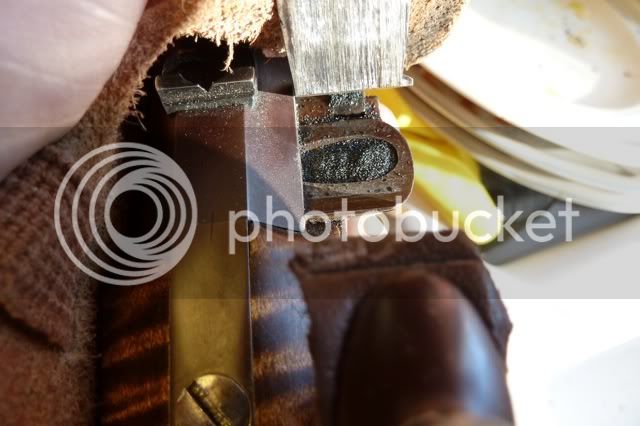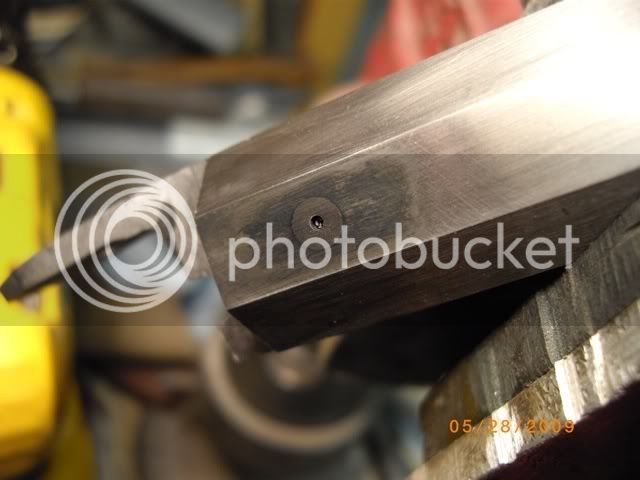What Dan said. I fill the pan just to the point I know the frizzen isn't being kept from closing fully.
If you are getting pan flashes it's a vent issue. If you are just getting "klacks" it is a frizzen hardness or lock geometry problem (and you may discover a vent problem once that is ceared up).
I bought a new flint fowler with a Chambers Virginia lock last year. In 300 +/- shots I have had one pan flash and one klack. Just as a test I fired 30 for 30 without wiping the frizzen or pan or giving any attention to the vent. That's the kind of reliability that makes you love a firearm.
My first flinter was a Dixie Tennessee Rifle and I got 50% ignition. VERY disappointing. I wish I had that rifle back as I've learned a lot in the interveining 25 years and lacked a resource like this forum for help.
Don't give up without a fight. When you get them performing a flinter is a joy to use.
If you are getting pan flashes it's a vent issue. If you are just getting "klacks" it is a frizzen hardness or lock geometry problem (and you may discover a vent problem once that is ceared up).
I bought a new flint fowler with a Chambers Virginia lock last year. In 300 +/- shots I have had one pan flash and one klack. Just as a test I fired 30 for 30 without wiping the frizzen or pan or giving any attention to the vent. That's the kind of reliability that makes you love a firearm.
My first flinter was a Dixie Tennessee Rifle and I got 50% ignition. VERY disappointing. I wish I had that rifle back as I've learned a lot in the interveining 25 years and lacked a resource like this forum for help.
Don't give up without a fight. When you get them performing a flinter is a joy to use.






